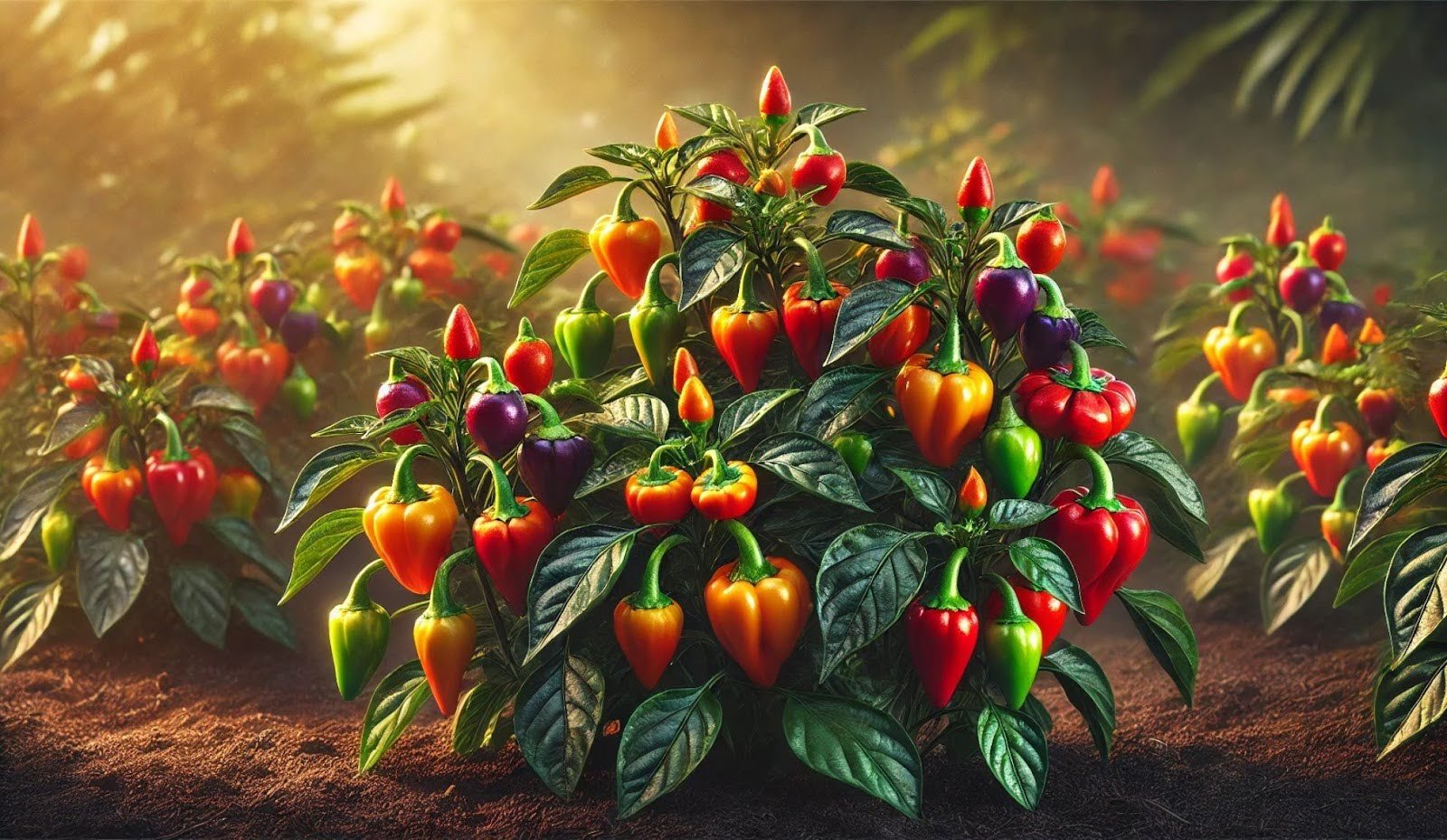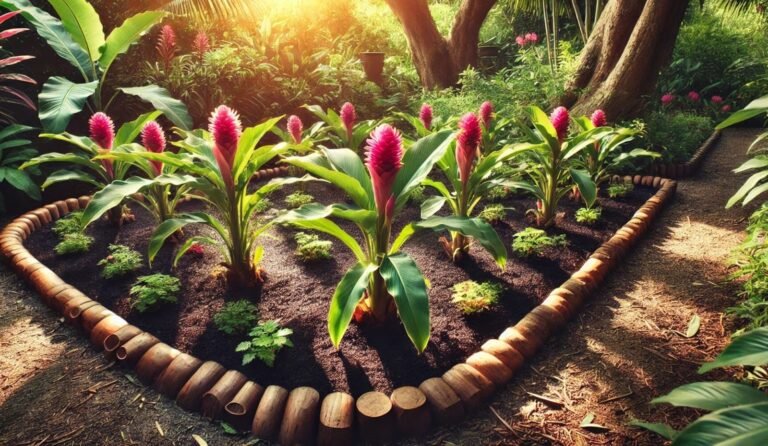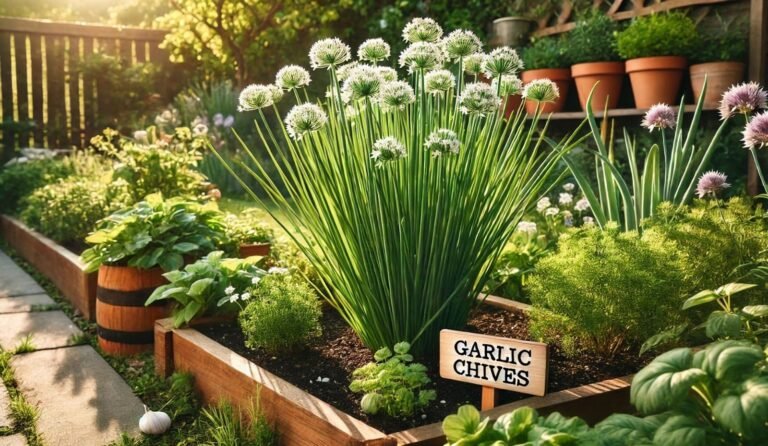Ornamental Pepper Plant Edible? Everything You Need to Know
Ornamental pepper plant edible—sounds interesting, right? These tiny, colorful peppers look amazing in a garden, but can you actually eat them? The answer is yes—but there’s a catch. While they won’t poison you, their intense heat and bitter taste might make you think twice. So, should you toss them in your next dish or just enjoy them as eye candy? Let’s dive in and find out!
What Are Ornamental Pepper Plants?
Ornamental pepper plants (Capsicum annuum) are a variety of pepper plants specifically cultivated for their decorative appeal rather than their culinary use. Unlike traditional edible peppers like bell peppers or jalapeños, these plants are bred to produce small, colorful fruits that make them visually striking. One of the reasons these plants are so popular is their versatility.
They can be grown in outdoor gardens, as part of landscaping, or even indoors as potted plants. Their compact size makes them ideal for container gardening, and they thrive in warm climates with plenty of sunlight. Some common varieties of ornamental pepper plants include:
Black Pearl – Produces dark purple, almost black peppers that turn red when ripe.
Medusa – Features tiny, twisted peppers that resemble snake-like tendrils.
Bolivian Rainbow – Known for its multicolored peppers that shift from purple to yellow to red.
Masquerade – Produces upright purple peppers that ripen to a deep red.
These plants are undoubtedly stunning, but their beauty often leads people to question whether they are edible.
Is Ornamental Pepper Plant Edible?
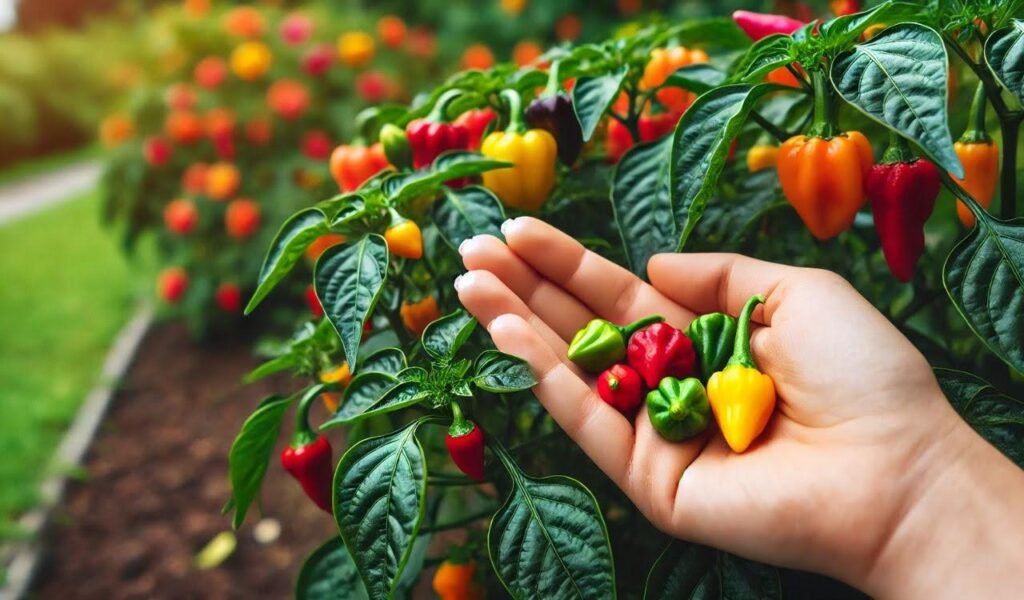
The straightforward answer is: Yes, ornamental pepper plant is edible. It belongs to the same Capsicum annuum species as many common edible peppers, such as bell peppers, cayenne peppers, and jalapeños. However, just because they are edible doesn’t mean they are enjoyable to eat. Ornamental peppers are much hotter than many commonly eaten chili peppers.
In fact, their heat levels can range from moderately spicy to extremely fiery, often exceeding 50,000 Scoville Heat Units (SHU). To put that in perspective, that’s hotter than a cayenne pepper and almost as spicy as a Thai chili. The intense heat, combined with a somewhat bitter and unbalanced flavor, makes ornamental peppers less desirable for culinary use. They are often grown for their striking visual appeal rather than their taste.
Can You Eat Peppers from an Ornamental Pepper Plant?
Yes, you can eat peppers from an ornamental pepper plant, but you need to be prepared for an intense kick of heat. Many people who have tried them describe the experience as overwhelmingly spicy, with a sharp, burning sensation that lingers for a long time. Unlike traditional chili peppers, ornamental peppers are not cultivated for flavor.
They often have a bitter, slightly metallic taste that makes them less enjoyable to eat raw or cooked. However, some adventurous food lovers and chefs use them in small quantities to add heat and color to certain dishes. If you’re planning to try ornamental peppers, keep in mind:
- They pack a serious punch of heat, so taste with caution.
- They may not have the same balanced flavor as culinary peppers.
- Always wash them thoroughly to remove any pesticides or chemicals used for ornamental cultivation.
Differences Between Ornamental Peppers & Edible Peppers
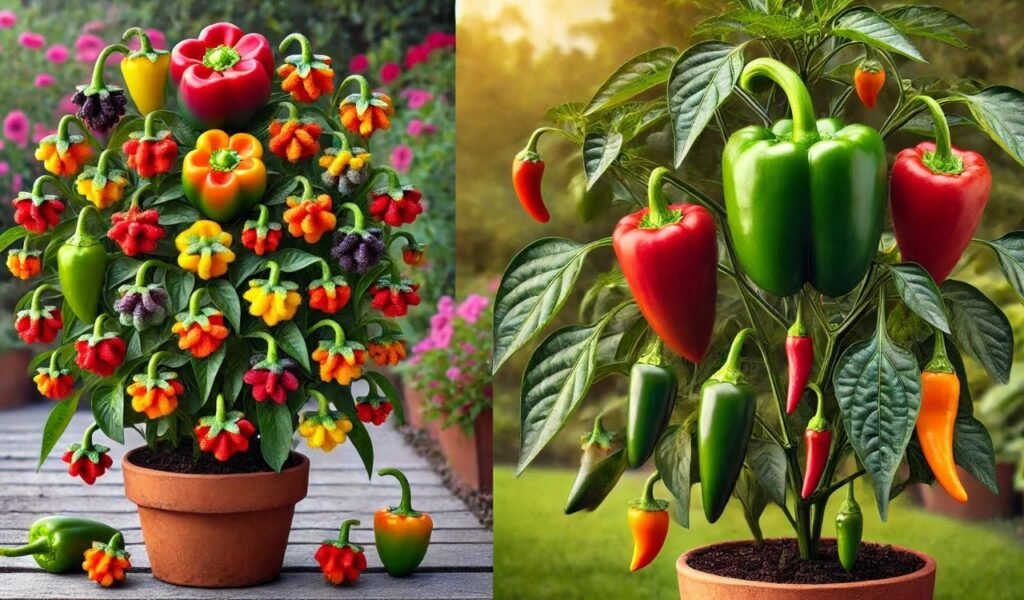
While ornamental peppers are technically edible, they differ significantly from traditional edible peppers in several ways:
1. Flavor & Taste
Edible peppers like bell peppers, jalapeños, and habaneros are grown for their unique flavors—ranging from sweet to smoky to citrusy. Ornamental peppers, on the other hand, are not bred for taste, often having a bitter, unbalanced, or overly spicy profile.
2. Heat Levels
Most ornamental peppers are extremely hot, often exceeding the spice levels of commonly used culinary peppers. This makes them difficult to incorporate into everyday cooking unless used sparingly.
3. Texture
Ornamental peppers are often small, firm, and packed with seeds. Their texture can be slightly tougher than traditional peppers, making them less desirable for raw consumption.
4. Primary Use
While edible peppers are primarily grown for cooking, ornamental peppers are grown for decoration. They are commonly used in landscaping, potted plants, and festive centerpieces rather than for culinary purposes.
How to Use Ornamental Peppers in Cooking
Even though they aren’t the best for eating, there are still ways to use ornamental peppers in the kitchen. If you enjoy extremely spicy food, you can experiment with them in a few ways:
Hot Sauces & Chili Pastes – Blend them into homemade hot sauces or chili pastes for a fiery kick.
Pickling – Pickling ornamental peppers can slightly mellow their heat and bitterness, making them more palatable.
Infused Oils & Vinegars – Soaking ornamental peppers in oil or vinegar can create a spicy, flavorful infusion.
Dried & Crushed for Spices – Drying and crushing ornamental peppers can yield an extremely potent chili powder.
Garnishing – Use them sparingly as an edible decoration for spicy dishes.
Important Warning: Always handle ornamental peppers with caution. Their high capsaicin content can cause intense burning sensations if they come into contact with your skin or eyes.
Potential Risks & Precautions When Eating Ornamental Peppers
While ornamental peppers are non-toxic, they come with a few risks:
- Extremely High Heat Levels – These peppers can cause severe burning sensations in the mouth and throat.
- Irritation to Skin & Eyes – The capsaicin in ornamental peppers can cause skin irritation. Always wash your hands after handling them.
- Stomach Discomfort – Eating too many ornamental peppers can lead to digestive issues like stomach cramps or acid reflux.
- Pets & Children – Ornamental peppers can be dangerous if accidentally ingested by children or pets due to their high spice level.
FAQ
Is ornamental pepper plant edible?
Yes,it is edible, but they are extremely spicy and often bitter.
Do ornamental peppers taste good?
Not really. They are bred for looks, not flavor, and can be quite bitter.
How spicy are ornamental peppers?
They can be very hot, often exceeding 50,000 Scoville Heat Units (SHU).
Can you cook with ornamental peppers?
Yes, but use them sparingly due to their intense heat and bitterness.
Are ornamental peppers toxic to humans or pets?
No, but their high spice level can cause irritation if ingested or touched.
Can you grow ornamental peppers indoors?
Yes! They thrive in pots with plenty of sunlight and proper care.
What are the best ways to use ornamental peppers?
They work well in hot sauces, infused oils, pickling, or as garnishes.
Do ornamental peppers come back every year?
They are perennials in warm climates but grown as annuals in colder areas.
Final Thoughts
So, are ornamental pepper plants edible? Yes, but proceed with caution. While they won’t poison you, they aren’t the most enjoyable peppers to eat due to their intense heat and somewhat bitter taste. If you love spicy food, you can experiment with them in small amounts, but most people will find them too fiery for regular culinary use.
However, ornamental peppers still serve a fantastic purpose—they make gardens, patios, and indoor spaces vibrant and colorful. Whether you grow them for decoration or decide to experiment with them in your cooking, these unique plants certainly add a bold touch to any home. Would you dare to take a bite?

